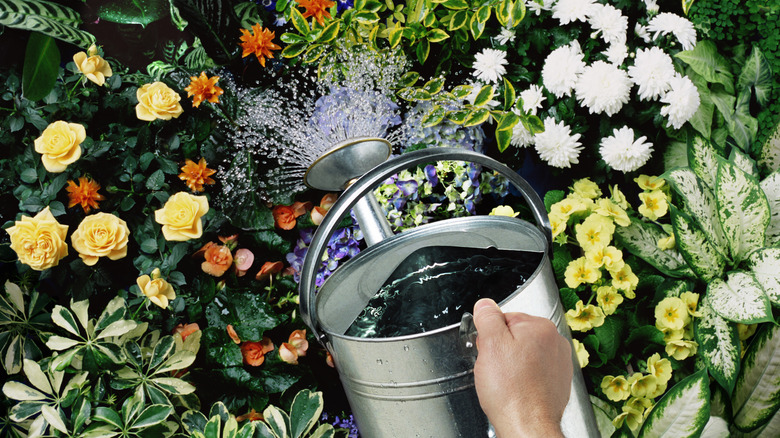Understanding the Concept of a Capsule Garden
A capsule garden is an innovative approach to gardening that mirrors the principles of a capsule wardrobe. Just as a capsule wardrobe involves selecting a small, versatile collection of clothing that can be mixed and matched, a capsule garden focuses on curating a limited number of plants that thrive together and enhance your outdoor space. This trend has gained popularity due to its simplicity and effectiveness, especially for those with busy schedules, limited space, or a desire to streamline their gardening efforts.
Creating a capsule garden begins with choosing a selection of low-maintenance plants that meet specific criteria such as beauty, fragrance, or utility. These plants should also be well-suited to your garden’s environmental conditions, including sunlight exposure, soil type, and your local climate zone. To determine your plant hardiness zone, you can refer to the USDA Plant Hardiness Zone Map. This step ensures that the plants you choose will not only survive but also flourish in your garden.
For instance, leafy plants like hostas or ferns can maintain a lush appearance throughout the growing season, while flowering plants such as zinnias and pansies attract pollinators and add vibrant color. If you opt for container gardening, you gain the flexibility to experiment with different plant combinations and seasonal blooms, allowing you to refresh your garden display regularly.
Tolong support kita ya,
Cukup klik ini aja: https://indonesiacrowd.com/support-bonus/
Steps to Design Your Own Capsule Garden
Transforming an existing garden into a capsule garden requires thoughtful planning and organization. Begin by assessing your current garden space and removing any plants that are not thriving or serving a purpose. This process is similar to Marie Kondo’s philosophy of decluttering—letting go of items that no longer bring joy or value. However, instead of discarding these plants, consider donating them to fellow gardeners or participating in a plant swap to exchange them for new varieties.
Before introducing new plants, it’s essential to prepare the soil. Amending the soil with compost or other organic matter can improve its quality and support healthy plant growth. This step is crucial whether you’re working with raised beds, in-ground gardens, or containers.
Enhancing the Aesthetic of Your Capsule Garden
In addition to practical considerations, a capsule garden offers an opportunity to create a visually appealing and cohesive outdoor space. For example, if you’re aiming for a Mediterranean-inspired look, incorporate elements like terracotta pots, drought-tolerant herbs such as rosemary or lavender, sun-loving plants like bougainvillea, and bistro-style seating. These features can transform your garden into a relaxing and stylish retreat.
If you already have some garden accessories, consider refreshing them to match your desired aesthetic. Simple modifications, such as painting plastic pots with chalk paint in warm, earthy tones, can give them a classic terracotta appearance without the need for expensive replacements.
Embracing the “Less Is More” Philosophy
The essence of capsule gardening lies in the “less is more” philosophy. By focusing on a curated selection of plants, you can simplify your gardening routine while still enjoying a beautiful and functional outdoor space. This approach not only reduces the time and effort required for maintenance but also enhances the overall enjoyment of gardening.
Using techniques like raised beds can further streamline your gardening tasks by making soil enrichment and weed control more manageable. Additionally, vertical gardening solutions such as trellises, hanging baskets, and wall-mounted planters allow you to maximize space and grow more plants in a compact area.
Once you experience the benefits of capsule gardening, you’ll likely find it to be a rewarding and resourceful way to cultivate your outdoor space. It encourages mindfulness, sustainability, and a deeper connection with nature, all while providing a sense of satisfaction and accomplishment.







